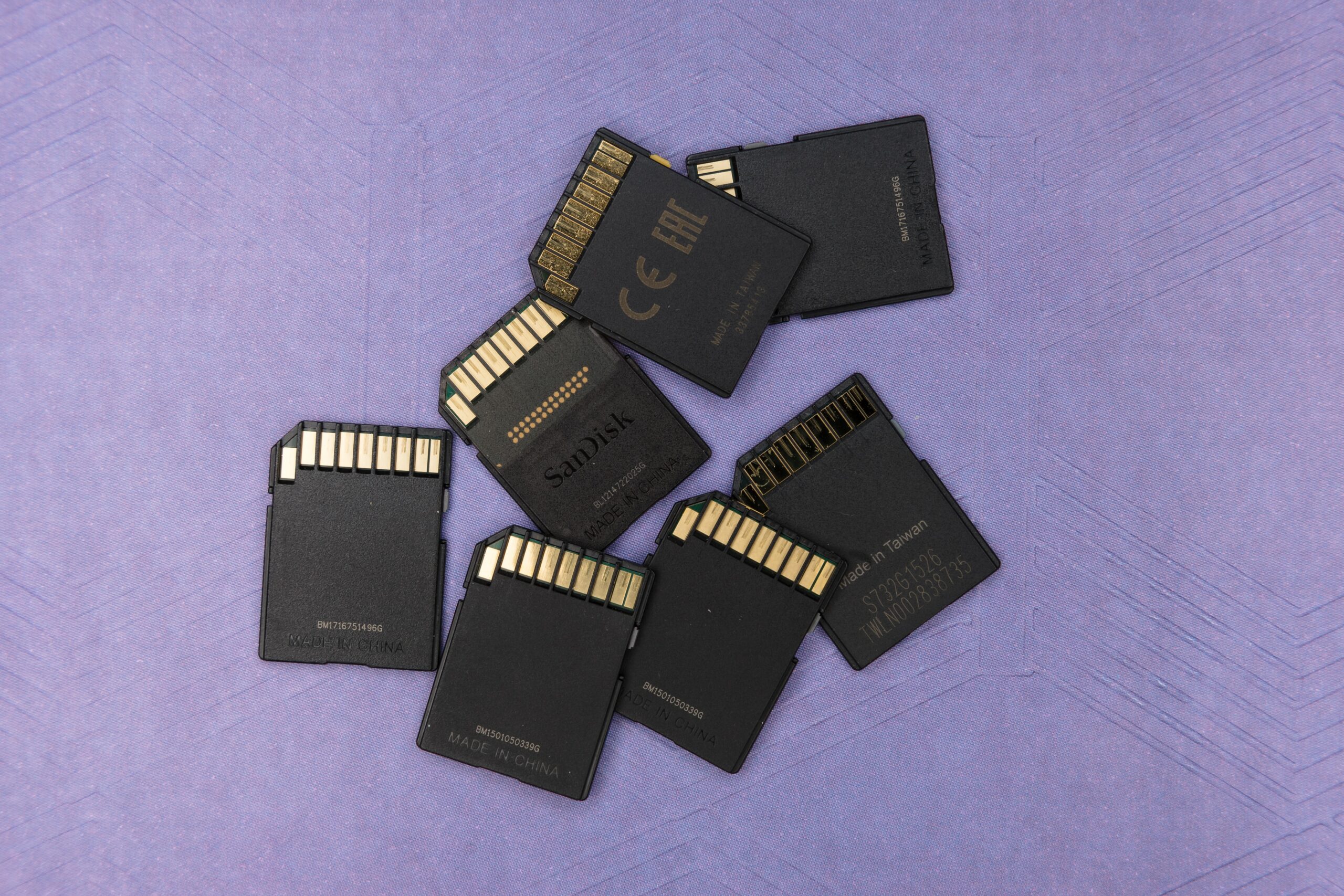eSIM vs physical SIM: what is better?

Contents
- 1 What is eSIM?
- 2 Comparison of eSIM vs physical SIM
- 2.1 Summing up, the key benefits of eSIM vs physical SIM are the following:
- 2.2 The new technology has several drawbacks that must be taken into account, though:
- 2.3 For some purposes physical SIM is still more preferable, due to its advantages:
- 2.4 But the main reason of inventing and developing eSIM is a range of inconveniences a physical card has:
What is eSIM?
eSIM (embedded SIM) is a SIM card that is embedded in a device rather than being a physical removable SIM card. It is a small chip that contains all the information needed to connect to a mobile network and can be programmed over the air. This technology eliminates the need for physical SIM cards, reducing the size of devices and allowing them to be easily repurposed or transferred between networks. It also enables remote SIM provisioning, meaning that users can switch between carriers without having to physically change their SIM card. eSIMs have become increasingly popular in recent years with the introduction of eSIM-compatible devices.
Comparison of eSIM vs physical SIM
Japan eSIM facilitates seamless mobile connectivity for travelers, offering a digital alternative to traditional SIM cards. This electronic SIM allows quick activation, local data plans, and efficient roaming. It simplifies international communication, providing a convenient solution for staying connected while exploring Japan
Both eSIM and physical SIM provide the same basic functionality, which is to allow a device to connect to a cellular network. However, eSIM offers some additional benefits, such as the ability to store multiple operator profiles on one SIM card and the elimination of the need to physically insert or swap SIM cards. eSIMs also enable easier remote provisioning of a device, making it more convenient for users to switch carriers without needing to physically obtain a new SIM card.
eSIMs offer greater convenience as they eliminate the need for a physical card and allow users to switch carriers and plans without the hassle of swapping SIM cards. They can be activated remotely and downloaded directly onto devices, making it easier and more convenient for users to get connected. Moreover, with eSIMs, users no longer have to worry about losing or damaging their physical SIM cards as the eSIM stays embedded in their device for its lifespan.
eSIMs are generally more expensive than physical SIMs, both for the user and the mobile operator. However, the overall cost of using eSIMs can be lower in the long run as they eliminate the need for physical SIM cards to be shipped, inserted, and replaced. This can reduce logistics costs for mobile operators and allow for streamlined activation processes for users. Additionally, eSIMs offer the potential for more flexible and cost-effective international roaming, offering various phone number rates – ESIM Plus.
eSIM provides flexibility, however, its compatibility is limited to certain devices and networks. On the other hand, physical SIM cards are widely compatible with most devices and networks but require constant switching and management when changing carriers or devices. Ultimately, the choice between eSIM and physical SIM depends on individual preference and device compatibility.
Summing up, the key benefits of eSIM vs physical SIM are the following:
- Eliminates the need for a physical SIM card.
- Enables easy switch between mobile carriers without changing SIM card.
- Enhances remote device management and security.
- Provides more flexibility for users to choose data plans and pay-per-use services.
- Saves time and money in acquiring and managing SIM cards.
- Optimizes network utilization, enabling better connectivity and cost savings for mobile operators.
- Enables advanced features such as dual SIM support, multi-profiles, and IoT device connection.
- Supports eco-friendly initiatives by reducing plastic waste from traditional SIM cards.
The new technology has several drawbacks that must be taken into account, though:
- Limited compatibility with older devices.
- Difficulty in switching carriers or plans.
- Limited availability in some regions.
- Simultaneous use of multiple eSIMs may not be possible.
- Higher dependence on digital technology.
- Risk of losing access to the eSIM if the device is lost or stolen.
- Some carriers may charge additional fees for eSIM activation.
- Uncertainty about the future compatibility of eSIMs with new technologies.
For some purposes physical SIM is still more preferable, due to its advantages:
- Physical SIM cards can be easily replaced, whereas eSIMs are embedded in the device and difficult to change.
- Physical SIM cards can be used with a wider range of devices, including older models, whereas eSIMs may only be compatible with newer devices.
- With physical SIM cards, there are no issues with connectivity or coverage as they can be easily swapped between different networks, while eSIMs are typically restricted to a single carrier.
- Physical SIM cards are cheaper and more widely available than eSIMs, which can often only be obtained from certain network providers.
- Physical SIM cards can be easily shared between different devices, such as swapping between a personal phone and a work phone, whereas eSIMs cannot be removed and transferred in the same way.
But the main reason of inventing and developing eSIM is a range of inconveniences a physical card has:
- Limited storage: Physical SIM cards can store a limited amount of data, whereas eSIMs can store multiple profiles.
- Requiring physical swapping: Changing carriers or phone numbers on a physical SIM card requires swapping out the card, whereas eSIM-switching can be done remotely.
- The need for a SIM card slot: Devices that do not have a SIM card slot cannot use physical SIM cards.
- Prone to damage: A physical SIM card can easily be damaged, lost or stolen, which is not possible with an eSIM.
- Physical SIM cards take up valuable space in a device’s hardware, and they also create extra power demands, which result in decreased battery life.
In conclusion, the eSIM and physical SIM both have their advantages and disadvantages. While eSIMs offer the convenience of being able to switch carriers without physically changing the SIM, physical SIMs offer more flexibility when it comes to carrier choices and device compatibility. Ultimately, the choice between the two depends on personal preference and practical considerations. However, as technology advances, eSIMs are likely to become more prevalent and may eventually replace physical SIMs altogether.




